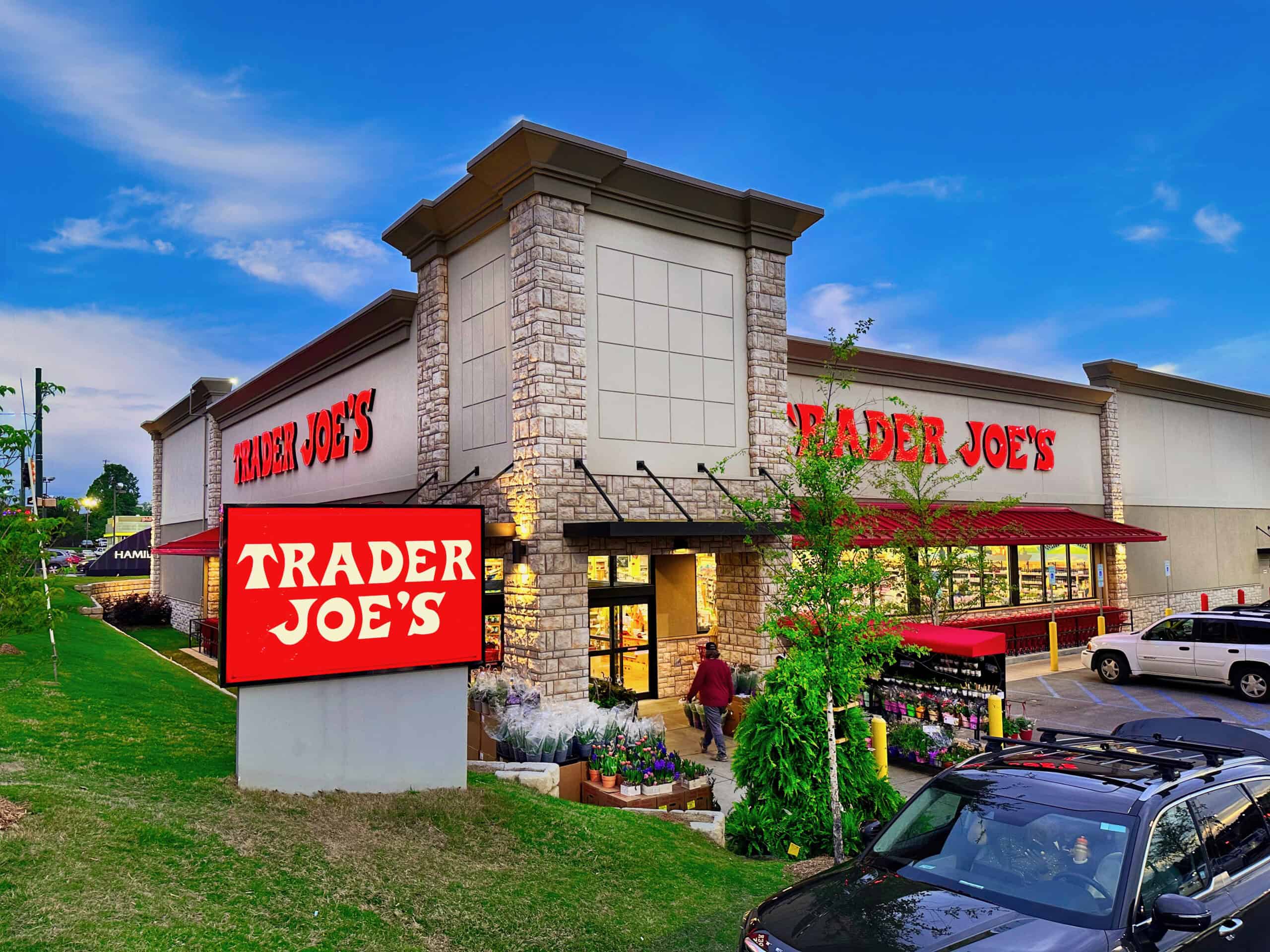One of the most misunderstood areas of local government revolves around the concept of economic development.
Residents seem to believe that their town (or county) council is in charge of deciding which restaurants, stores, and other employers will open their doors locally. It’s as though they believe there’s a menu local officials order from. “Yes, we’ll have a Trader Joe’s, an Outback, a fancy Italian restaurant, but hold the Dollar General, please.” They claim the local officials have something against their favorite franchise … or a bizarre fascination with tire shops or mattress stores.
Doesn’t work that way. Know who’s in charge of deciding which of those businesses will pop up in your community? The marketplace. More specifically, the owners of those businesses. No matter how badly your local council may want to fulfill your desire for a nearby Whole Foods or a Home Depot, they don’t get to make that call. As Americans, we brag about our great pride in the free enterprise system – until it doesn’t produce the result we want. Then we demand the government step in to correct the situation.
The companies behind retailers and restaurants don’t make random decisions about locations. They’ve created standards based on data about local conditions. For example, chain restaurants and retailers typically count the total number of housing units within a set distance of a possible location – usually 5 or 10 miles. The more “rooftops” they count, the more likely they’ll open there. It’s why Avon tends to get more stores and restaurants than Plainfield, for example – a large chunk of Plainfield’s rooftop radius is occupied by the airport and warehouses, while most of Avon’s is residential.
Other factors apply, too. Wonder why Carmel and Zionsville get fancier restaurants than Avon and Plainfield? You won’t after you compare Census data showing the median household income for each of those communities. Here’s the 2022 data (Indiana’s median was $67,173):
Zionsville $152,788
Carmel $132,859
Fishers $126,548
Brownsburg $101,883
Avon $98,162
Plainfield $77,249
If you wanted to open a fancy restaurant, wouldn’t you choose a community where people have more money to spend? The average Zionsville homeowner earns nearly twice as much as their Plainfield counterpart. Education matters, too. Nearly 74% of Carmel adults have earned at least a four-year college degree. That compares to 44% in Avon and 31% in Plainfield. (Overall, just 28% of Indiana adults have done so.)
Business strategies also drive decisions. The folks at Trader Joe’s have said they don’t plan to open additional stores in central Indiana, because they’re focused on other markets. Companies tend to concentrate locations in specific regions because it makes marketing and logistics more efficient.
Rest assured that local leaders aren’t sitting on their hands. They hire consulting firms that know what retailers and other employers are seeking and do their best to help those local leaders reach out and make a case. But ultimately, the decision rests with the companies. If you’re frustrated that you can’t find your favorite franchise locally, don’t complain to (or about) local government. Reach out to the franchise’s corporate offices and ask them to consider your community.
